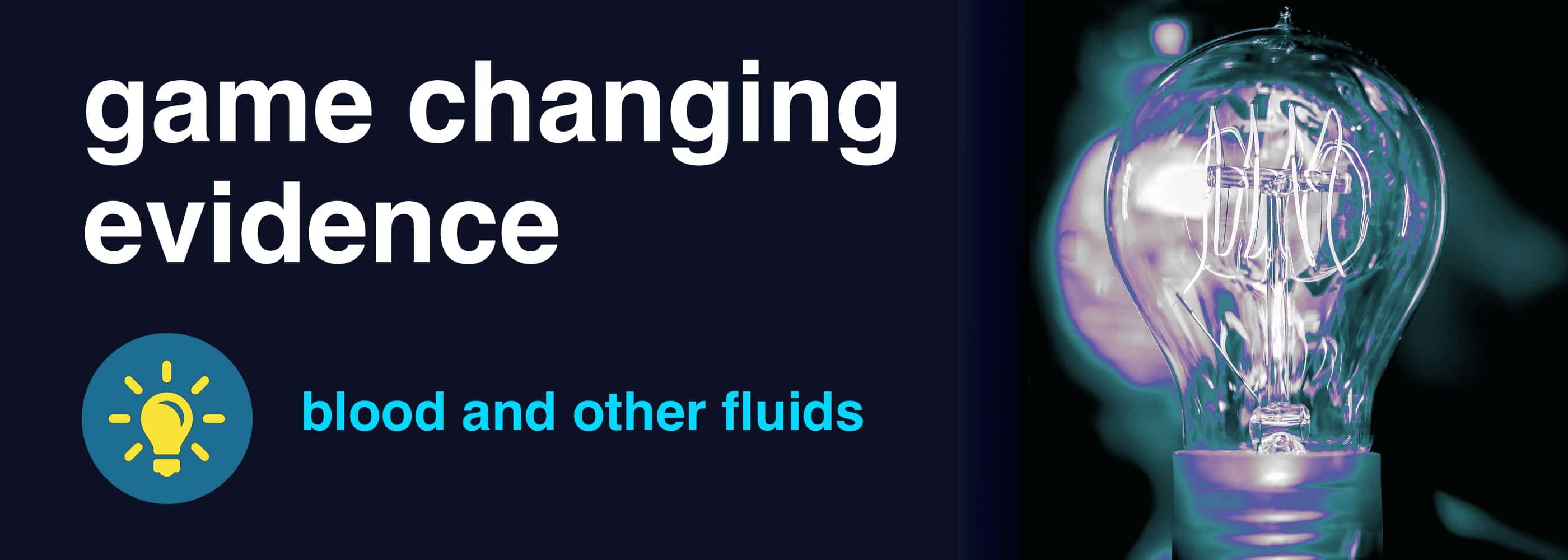BLOOD AND OTHER FLUIDS
I am an intensive care trainee wanting to get a better understanding of the literature in intensive care medicine.
This 6 part series is intended to identify and summarise landmark papers in various aspects of management in ICU.
It is in no way intended to be comprehensive or exhaustive.
It is also intended to promote discussion – please let me know if you think I have excluded anything.
Click on the studies to get the lowdown… [az_accordion_section] [accordion title=”CRISTAL 2013″ id=”acc-1″]Effects of Fluid Resuscitation With Colloids vs Crystalloids on Mortality in Critically Ill Patients Presenting With Hypovolemic Shock: The CRISTAL Randomized Trial
JAMA. 2013 Oct 9
The Lowdown
- 2857 patients in 57 ICUs with acute hypotension and hypoperfusion
- Exclusions: patients who had already received fluids, anaesthesia related hypotension, chronic kidney or liver disease
- Randomised to receive colloids (HES, albumin, dextrans) or crystalloids (Saline or Ringer’s Lactate) for resuscitation, all patients received crystalloids for maintenance
- Open label, clinicians not blinded to fluid type
- Primary outcome 28 day mortality: no significant difference between groups (25.4% in colloids group vs 27.0% in crystalloids group P = 0.26)
- 90 day mortality higher in those receiving crystalloids 34.2% vs colloids 30.7% (P = 0.03)
- Less mechanical ventilation (P = 0.01) and vasopressor therapy (P = 0.03) required in the colloids group vs the crystalloids group by 28 days
Take Home Message
This was a negative study: In ICU patients with hypovolaemia, there was no significant difference in 28-day mortality between patients resuscitated with colloid or crystalloid solutions.
The study was stopped early.
There was less mechanical ventilation and vasopressor therapy required in the colloids group vs the crystalloids group, and lower 90 day mortality in those receiving colloids.
[/accordion] [accordion title=”Villanueva 2013″ id=”acc-2″]
Transfusion strategies for acute upper gastrointestinal bleeding
N Eng J Med. 2013; 361(1): 11-21
The Lowdown
- 889 patients with acute upper GI bleed (haematemesis, melaena, bloody NG aspirate)
- Exclusions: massive exsanguinating bleeding, ACS, recent trauma/ surgery/ blood transfusion
- Randomised to restrictive (7 g/dL) or liberal (9 g/dL) haemoglobin target
- All patients underwent gastroscopy, and those with ulcers received PPI therapy
- Primary endpoint 45 day mortality: significantly lower with restrictive strategy (5% vs 9%, P = 0.02)
- Lower rates of rebleeding (P = 0.01) and lower incidence of transfusion in the restrictive target group (P < 0.001)
Take Home Message
In patients with an upper GI bleed, a restrictive transfusion strategy resulted in less mortality, lower rates of rebleeding and less transfusions compared to a liberal strategy
[/accordion] [accordion title=”CHEST 2012″ id=”acc-3″]
Hydroxyethyl starch or saline for fluid resuscitation in intensive care
N Engl J Med. 2012; 367(20): 1901-11
The Lowdown
- 7000 intensive care unit patients in 32 ICUs who required fluids resuscitation
- Heterogenous patient population
- Exclusions: ESRF, intracranial haemorrhage
- Randomised to 6% HES 130/0.4 or 0.9% NaCl for the duration of their ICU stay
- In patients requiring more than 50 ml/kg/day, open label saline was used
- Primary outcome: death within 90 days. No difference between groups.
- Secondary outcome: acute kidney injury. More patients with HES required renal replacement therapy (7% vs 5.8% P = 0.04)
Take Home Message
There was no significant difference in 90 day all cause mortality between patients resuscitated with 6% HES or saline.
More patients who received resuscitation with HES were treated with renal-replacement therapy.
[/accordion] [accordion title=”SAFE 2004″ id=”acc-4″]
A comparison of albumin and saline for fluid resuscitation in the intensive care unit
N Engl J Med. 2004; 350: 2247-2256
The Lowdown
- 6997 ICU patients requiring fluid resuscitation
- Exclusions: cardiac surgery, liver transplants, and burns
- Randomised to receive 4% Albumin or 0.9% saline in 500 mL boluses
- Other aspects of care at the discretion of the clinician
- 28 day mortality, duration of mechanical ventilation and ICU length of stay were not different between groups
- Non-significant trend towards favouring saline in trauma, and albumin in severe sepsis
Take Home Message
Albumin is equivalent to normal saline in 28 day mortality for ICU patients requiring fluid resuscitation
[/accordion] [accordion title=”Bracey 1999″ id=”acc-5″]
Lowering the hemoglobin threshold for transfusion in coronary artery bypass procedures: effect on patient outcome.
Transfusion. 1999 Oct;39(10):1070-7
The Lowdown
- 428 patients undergoing elective coronary artery bypass graft surgery
- Randomised to receive RBC transfusion post operatively if haemoglobin was < 8 or 9 g/dL
- Patients with a lower haemoglobin threshold received less transfusions
- Morbidity and mortality rates were similar for both groups
Take Home Message
In patients post op CABG, a lower haemoglobin target of 8 g/dL resulted in less transfusions and did not adversely affect patient outcomes
[/accordion] [accordion title=”TRICC 1999″ id=”acc-6″]
A multicentre, randomised, controlled clinical trial of transfusion requirements in critical care.
N Engl J Med. 1999; 340(6): 409-17
The Lowdown
- 838 euvolaemic patients in ICU with haemoglobin concentration < 9 g/dL
- Exclusions: active blood loss, chronic anaemia
- Conservative (goal Hb 7-9) vs. liberal (goal Hb 10-12) strategy
- No difference in mortality at 30 or 60 days
- Conservative group received 54% fewer transfusions
- Pulmonary oedema and MI more common with liberal strategy
Take Home Message
In ICU patients, conservative transfusion strategy (target Hb 7-9 g/dL) resulted in less RBC transfusions and less cardiac events, and did not impact mortality, compared with a liberal strategy (Hb 10-12 g/dL)
[/accordion] [/az_accordion_section]

























